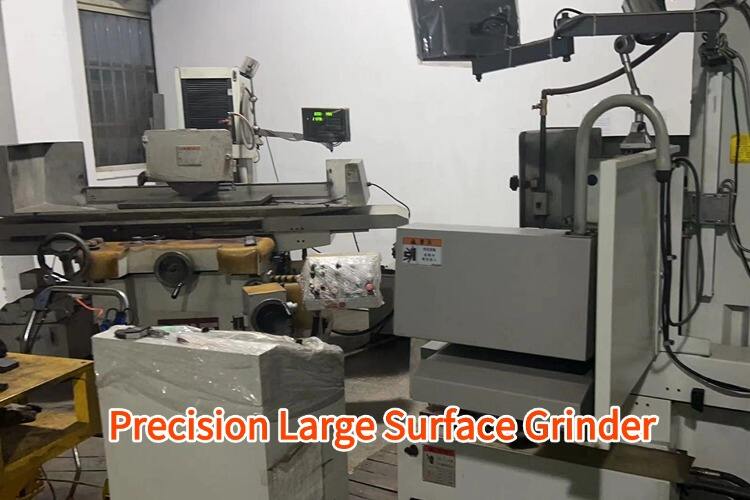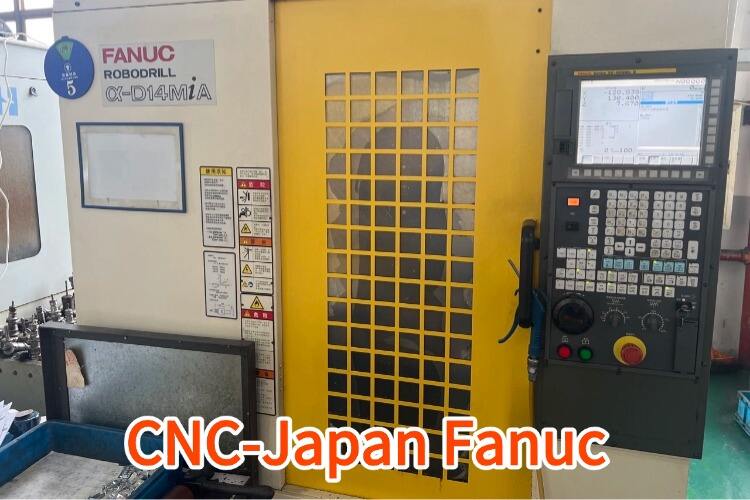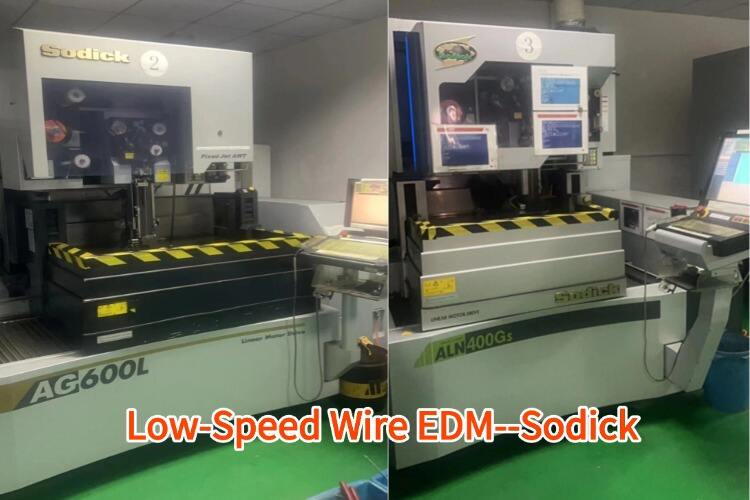heat treatment
Heat treatment is a fundamental metallurgical process that involves controlled heating and cooling of materials, particularly metals, to alter their physical and mechanical properties. This sophisticated process encompasses various techniques including annealing, hardening, tempering, and normalizing, each serving specific purposes in material modification. The process operates by manipulating the material's microstructure at the atomic level, enabling precise control over properties such as hardness, strength, ductility, and wear resistance. Modern heat treatment facilities employ advanced temperature control systems, automated handling equipment, and precise monitoring technologies to ensure consistent and reliable results. The applications span across numerous industries, from automotive and aerospace to tool manufacturing and construction. The process is particularly crucial in the production of high-performance components where specific material properties are required for optimal functionality. Heat treatment can be customized to meet various specifications, allowing manufacturers to achieve desired material characteristics while maintaining dimensional accuracy. The technology has evolved to incorporate computer-controlled processes, ensuring repeatability and quality consistency across large production runs. This essential process not only enhances material properties but also extends component lifespan and improves overall product performance.


